PRIMALOFT VS G-LOFT® | MATERIALS CLASH
What's the difference between these two thermal insulation materials? Here we dig into the specifics of each and choose the ultimate winner.
Popular search terms
Winter Jacket
Multicam Pants
Tactical Pants
You're changing the shipping country

You currently have items in your cart.
Please note that if you change your location to your currency will change to .
Login to your account
Become a UF PRO member.
Manage your orders and returns, create your Pro account and stay up-to-date with our latest products.
Already a member? Sign inDon’t miss out: free shipping & free returns until the end of the year.
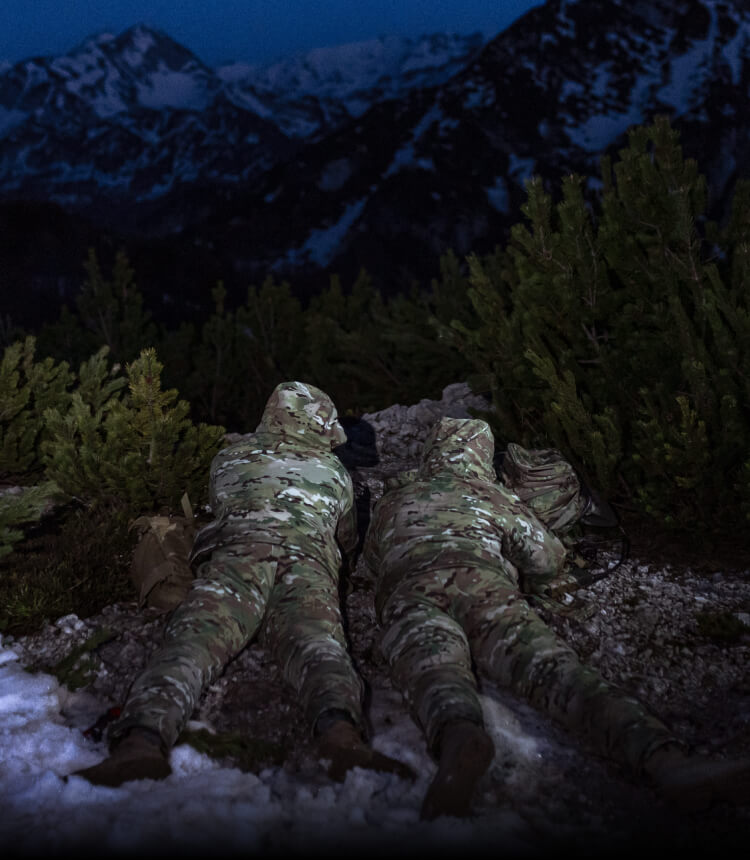
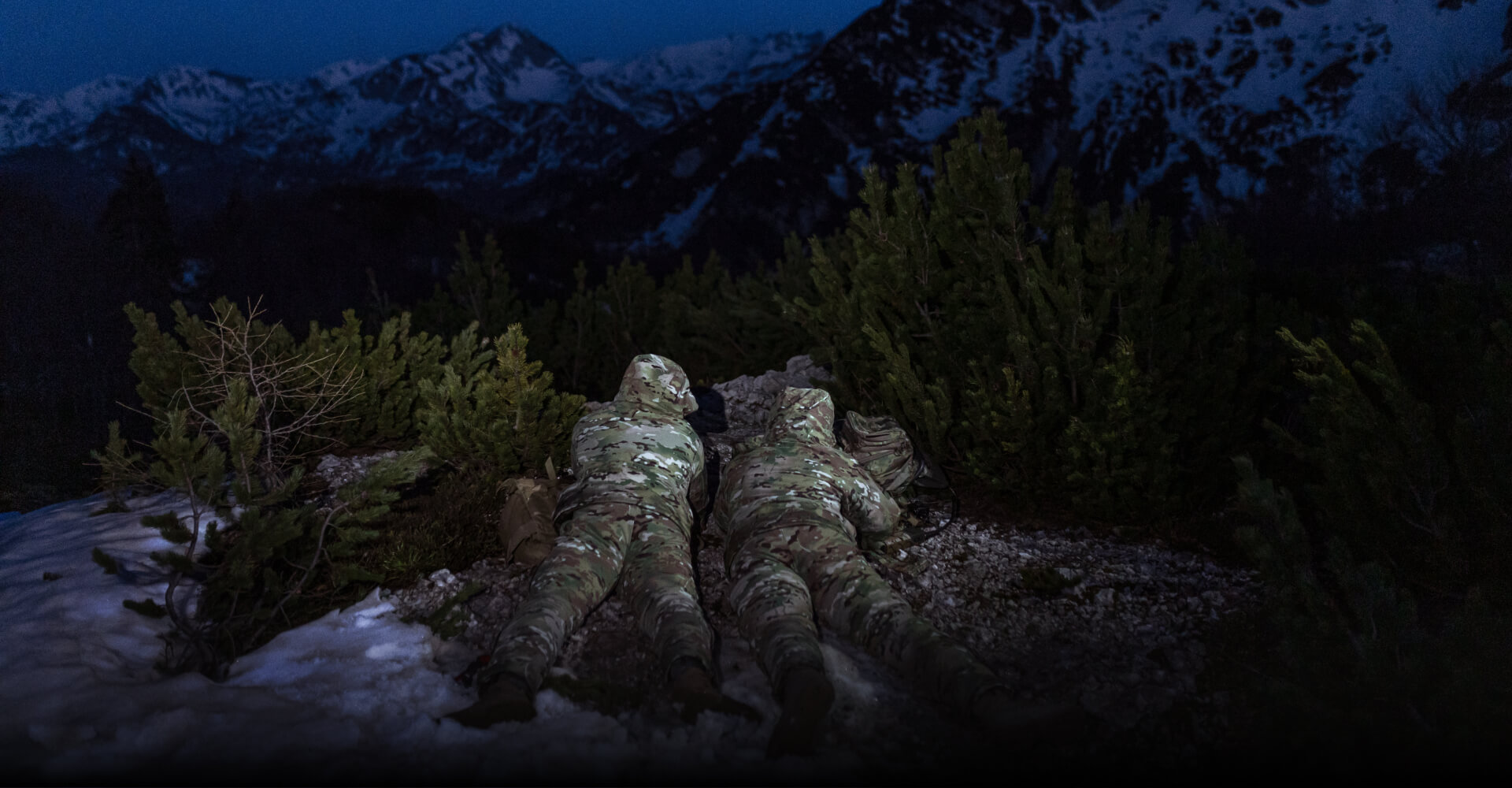
Tactical operations, often performed in harsh environments, put immense stress on your body, making it crucial for you to choose the right clothing. This guide provides you with a comprehensive breakdown of cold-weather tactical clothing and how you can adapt it to suit your mission-specific needs.
Cold weather impacts your performance both physically and mentally. Extreme conditions not only lower your body temperature but also reduce your cognitive function, making decision-making slower and less precise.
The biggest challenge is finding the right balance between warmth and freedom of movement, especially when you're transitioning between high and low activity phases. Moreover, you need to prioritize versatile gear due to weight constraints that limit how much equipment you can carry.
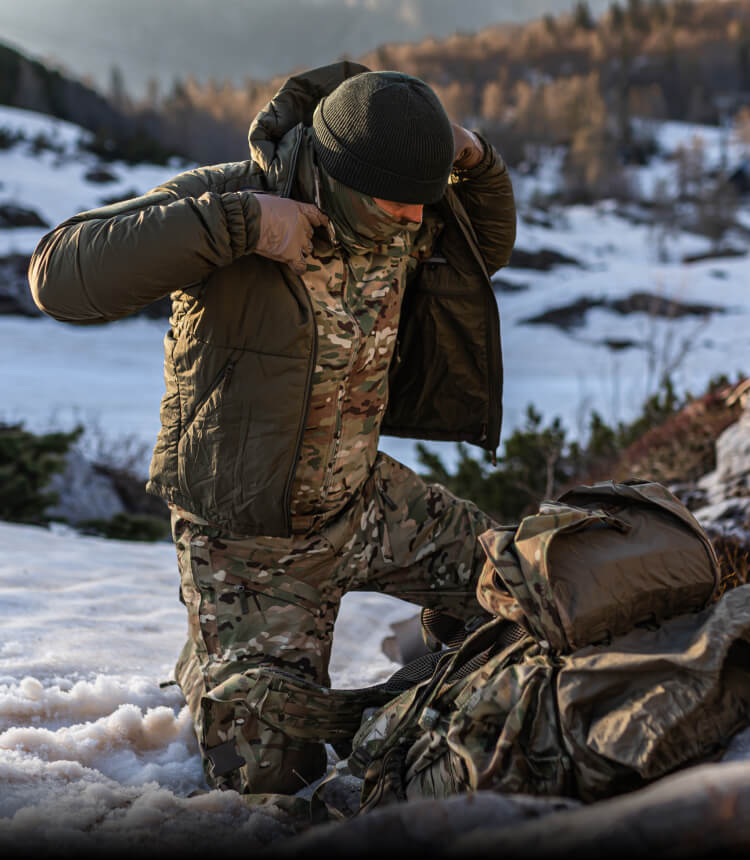
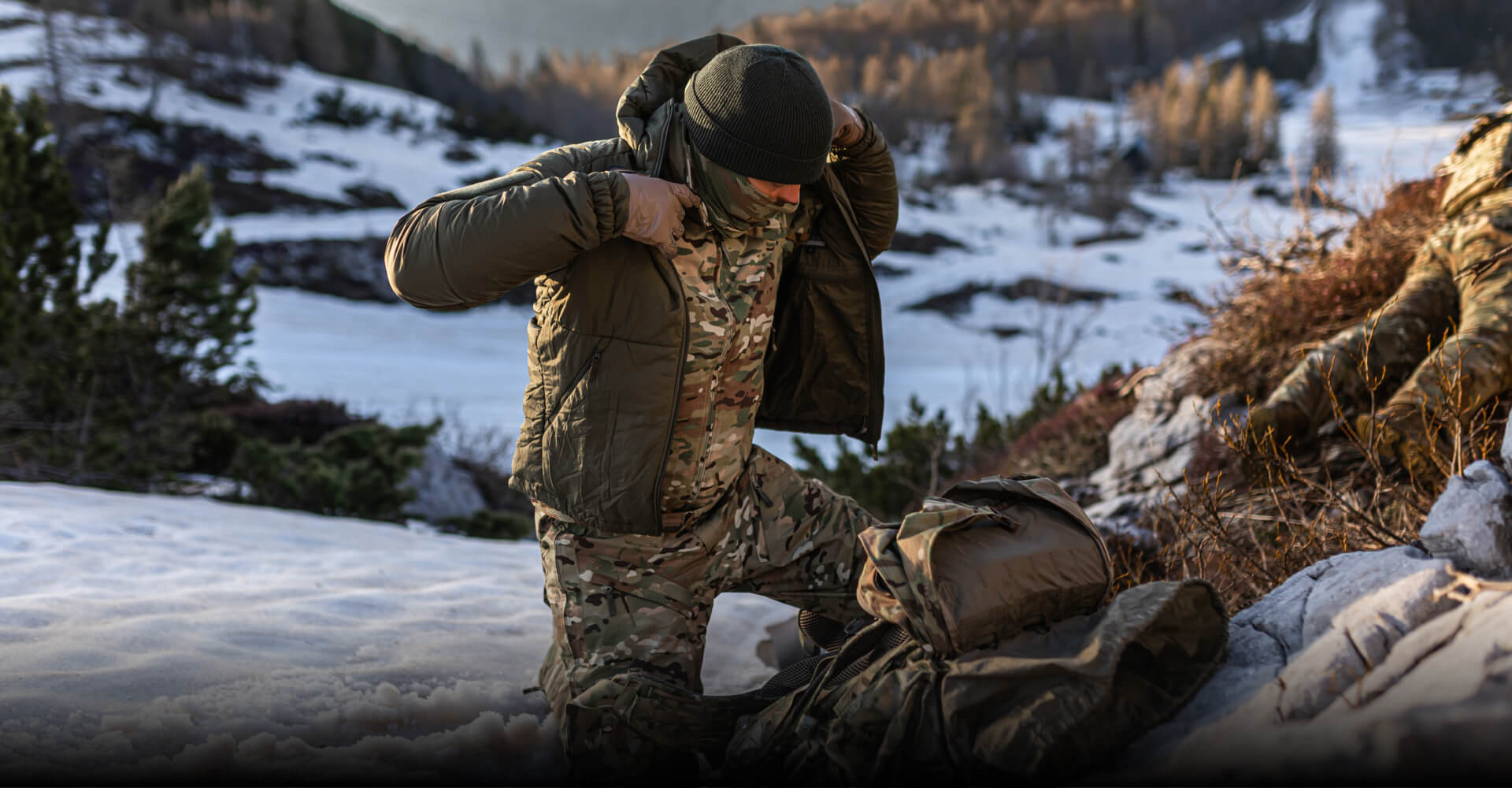
A proven method for managing cold weather is through a layered clothing system. It allows you to adapt to fluctuating conditions and helps prevent both overheating and freezing during a mission.
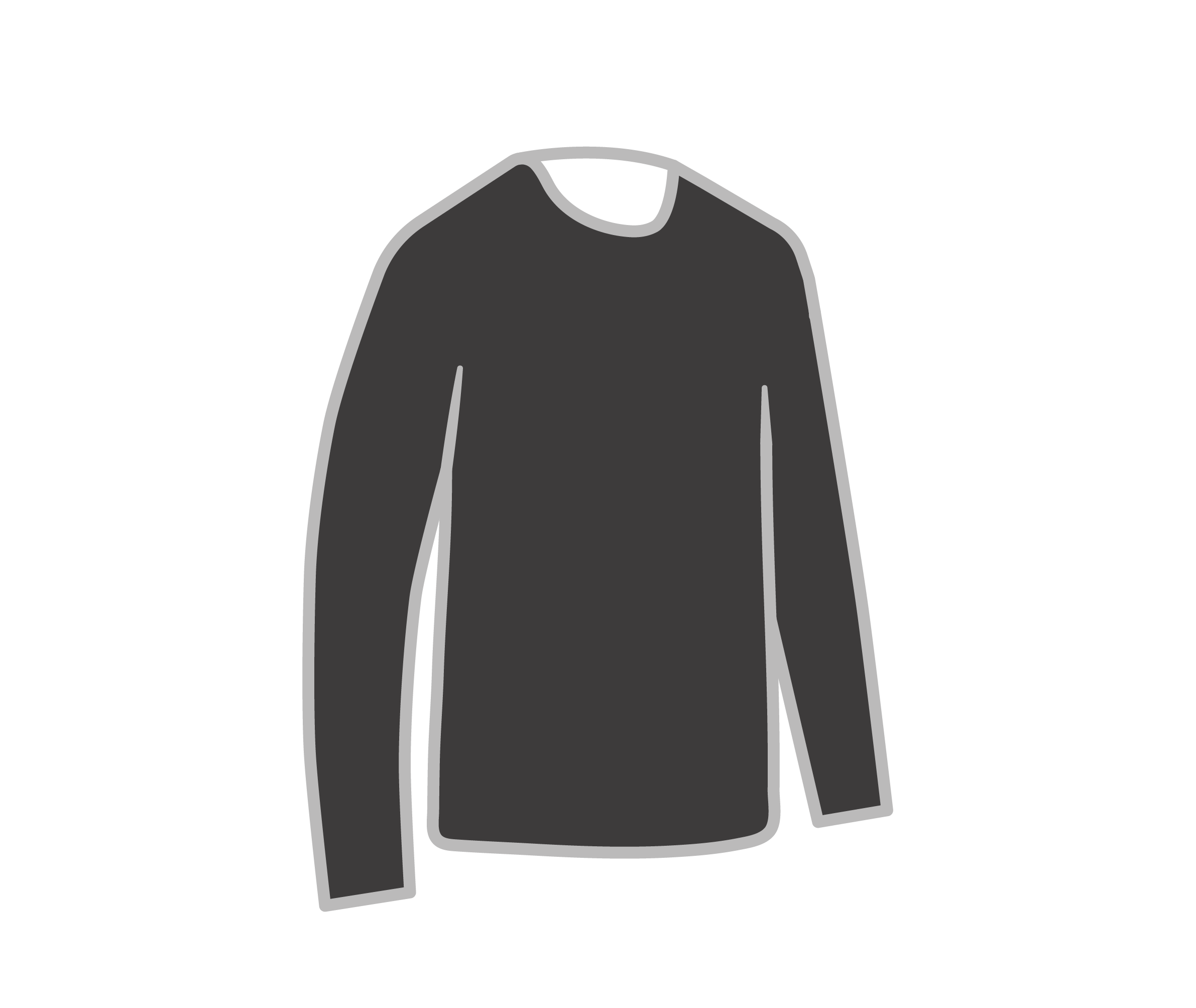

Base layers are critical for wicking moisture away from your skin, preventing sweat from cooling your body when the temperature drops. Fabrics like merino wool and synthetic blends are ideal for base layers as they are soft, breathable, and highly effective.
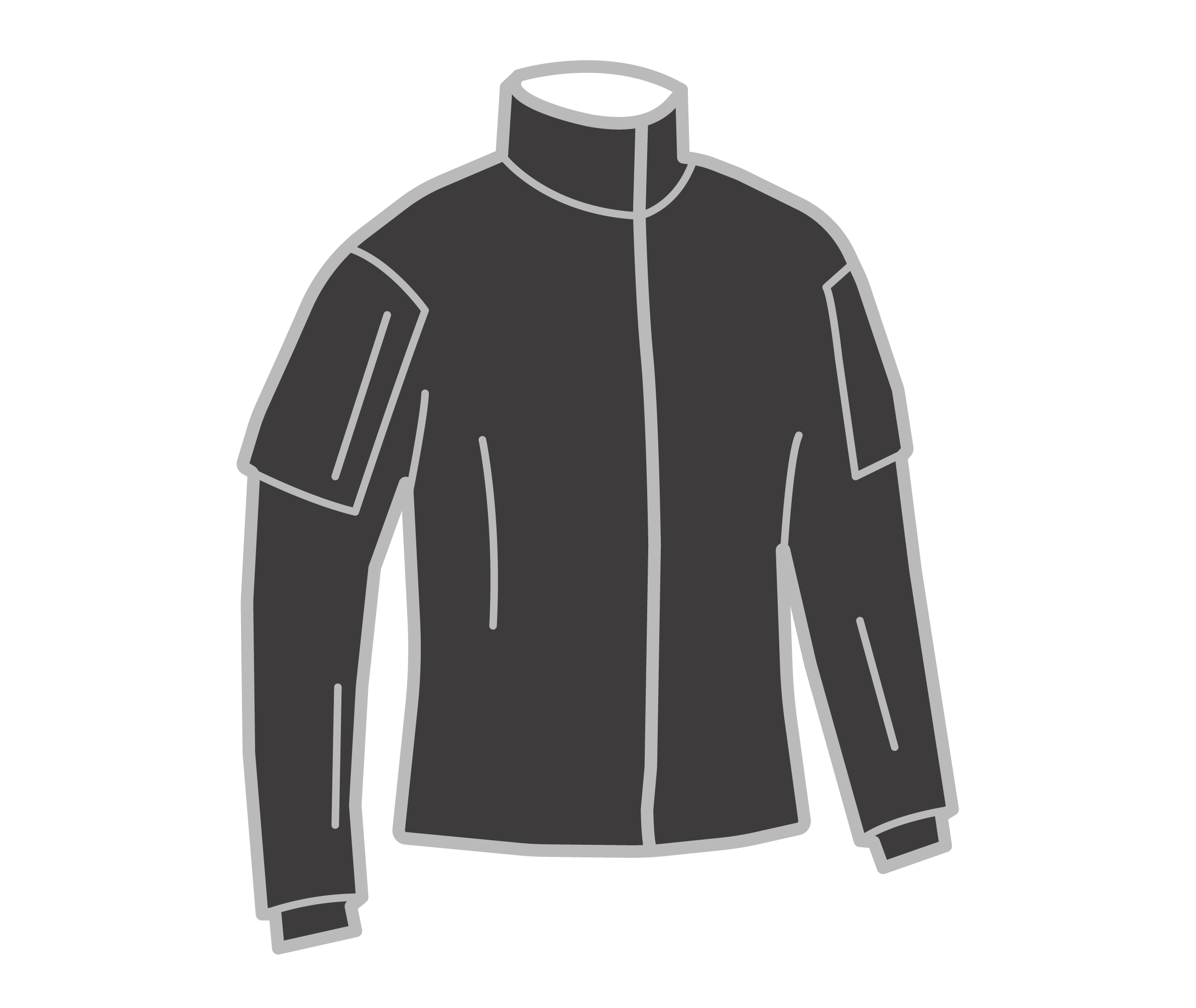
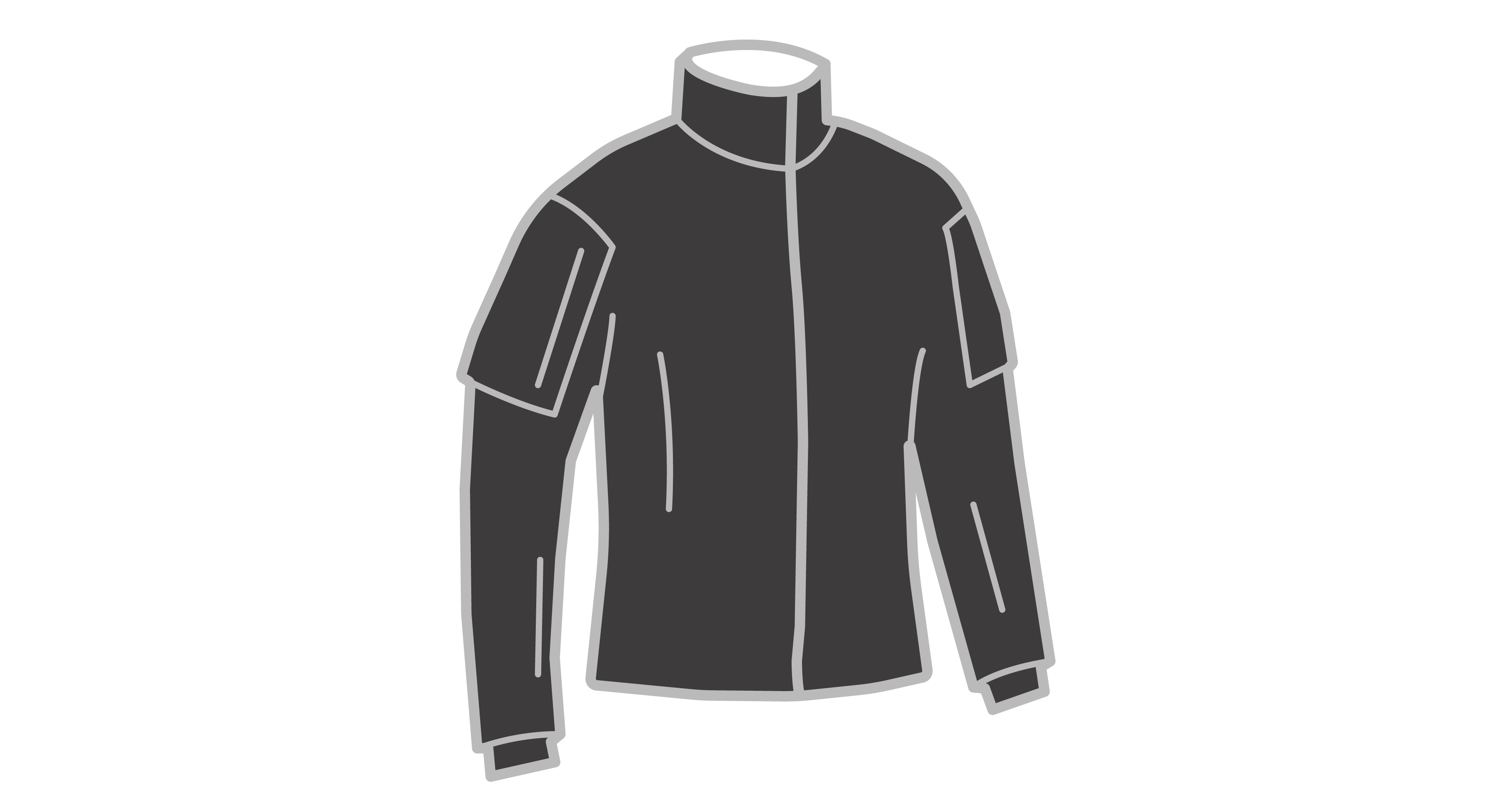
Mid-layers act as your primary source of insulation as they trap heat close to your body and work against the cold to transmission inward. They are typically made of fleece, wool, or advanced synthetics like G-Loft.
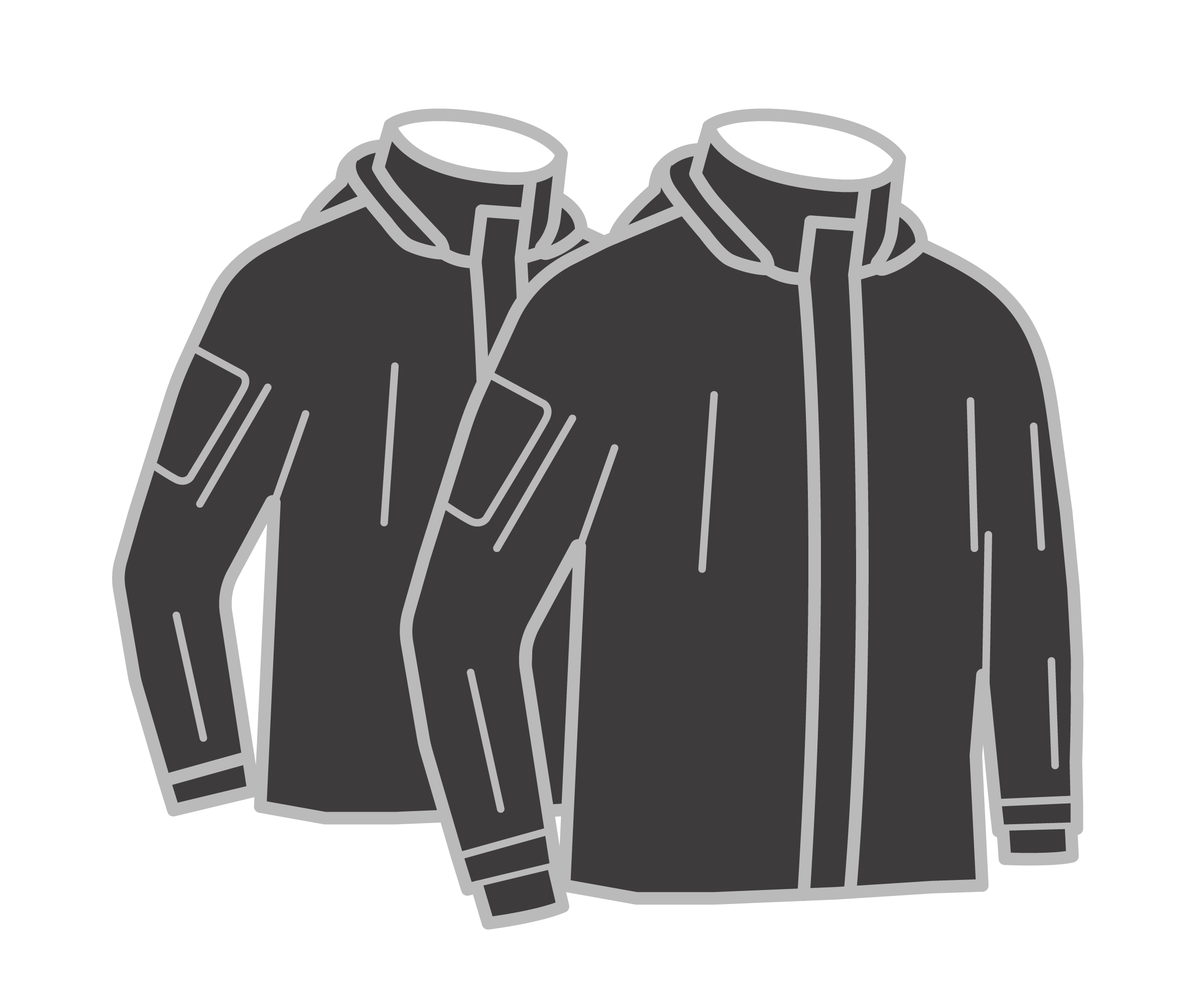
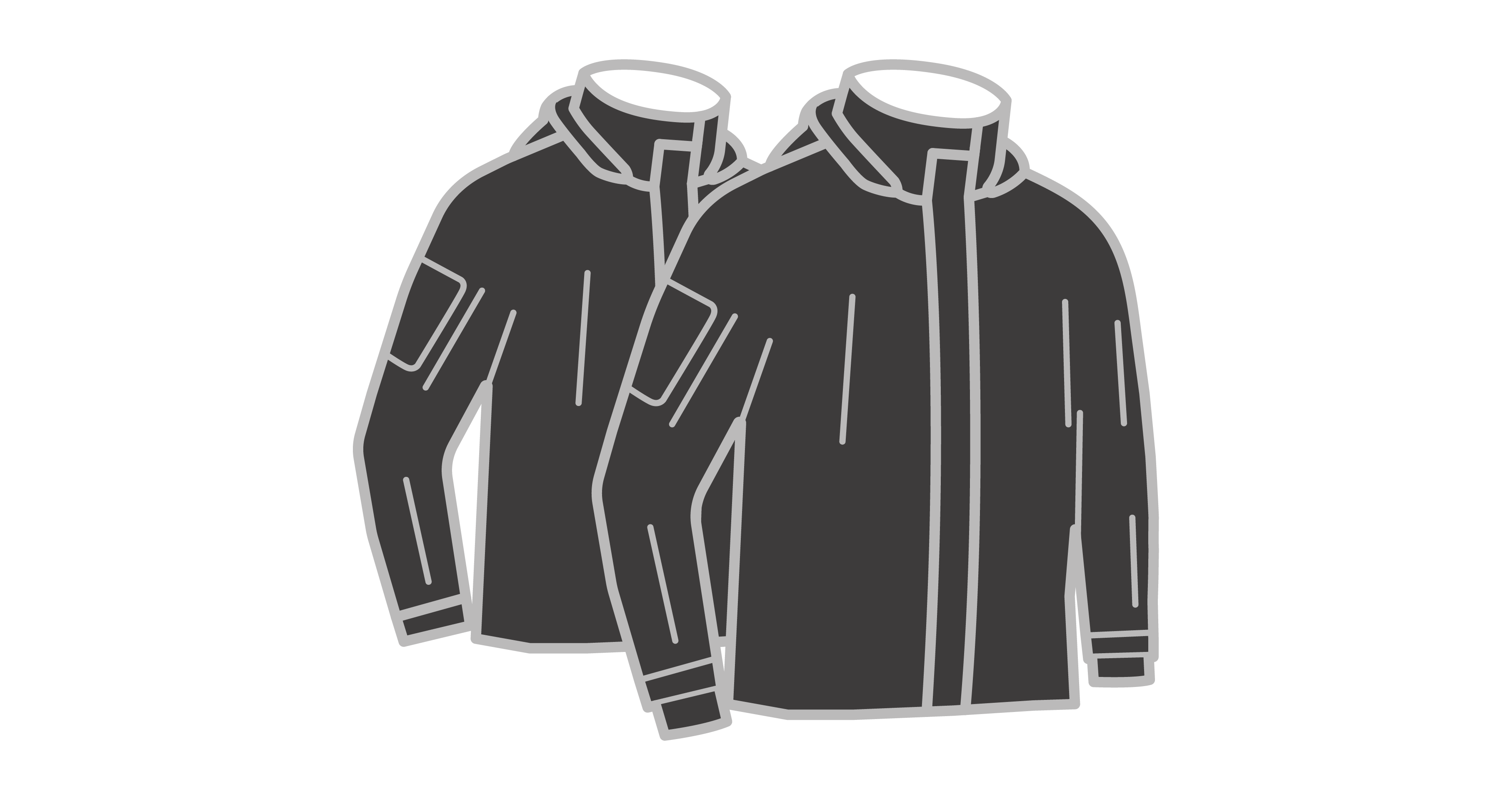
The outer layer is your barrier against harsh elements like wind, rain, and snow. You'll find outer shells in two main varieties: softshell and hardshell. You might prefer softshells for their flexibility and breathability and opt for Gore-Tex for superior waterproof protection.
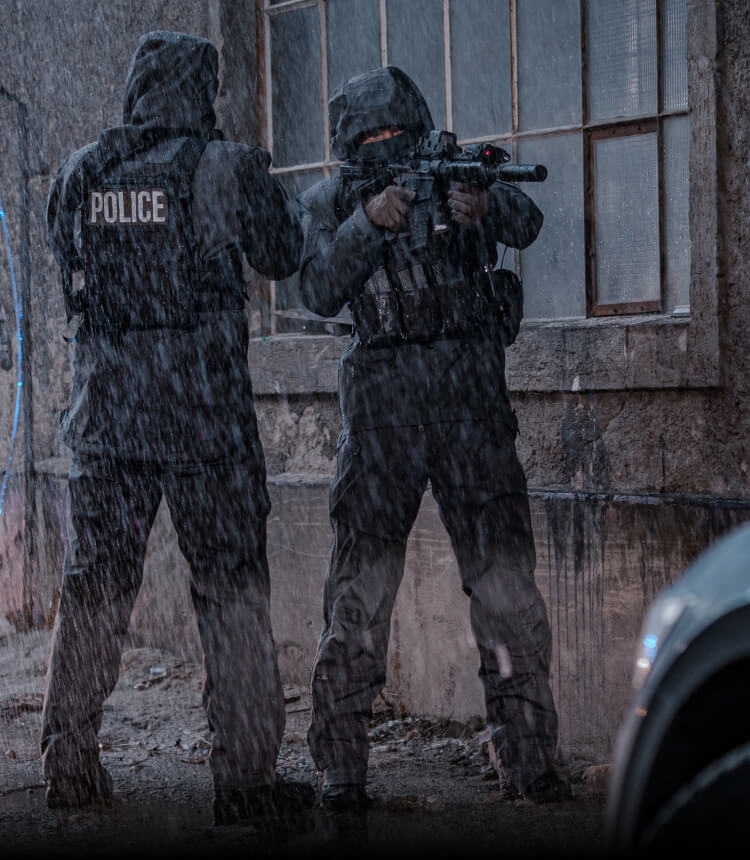
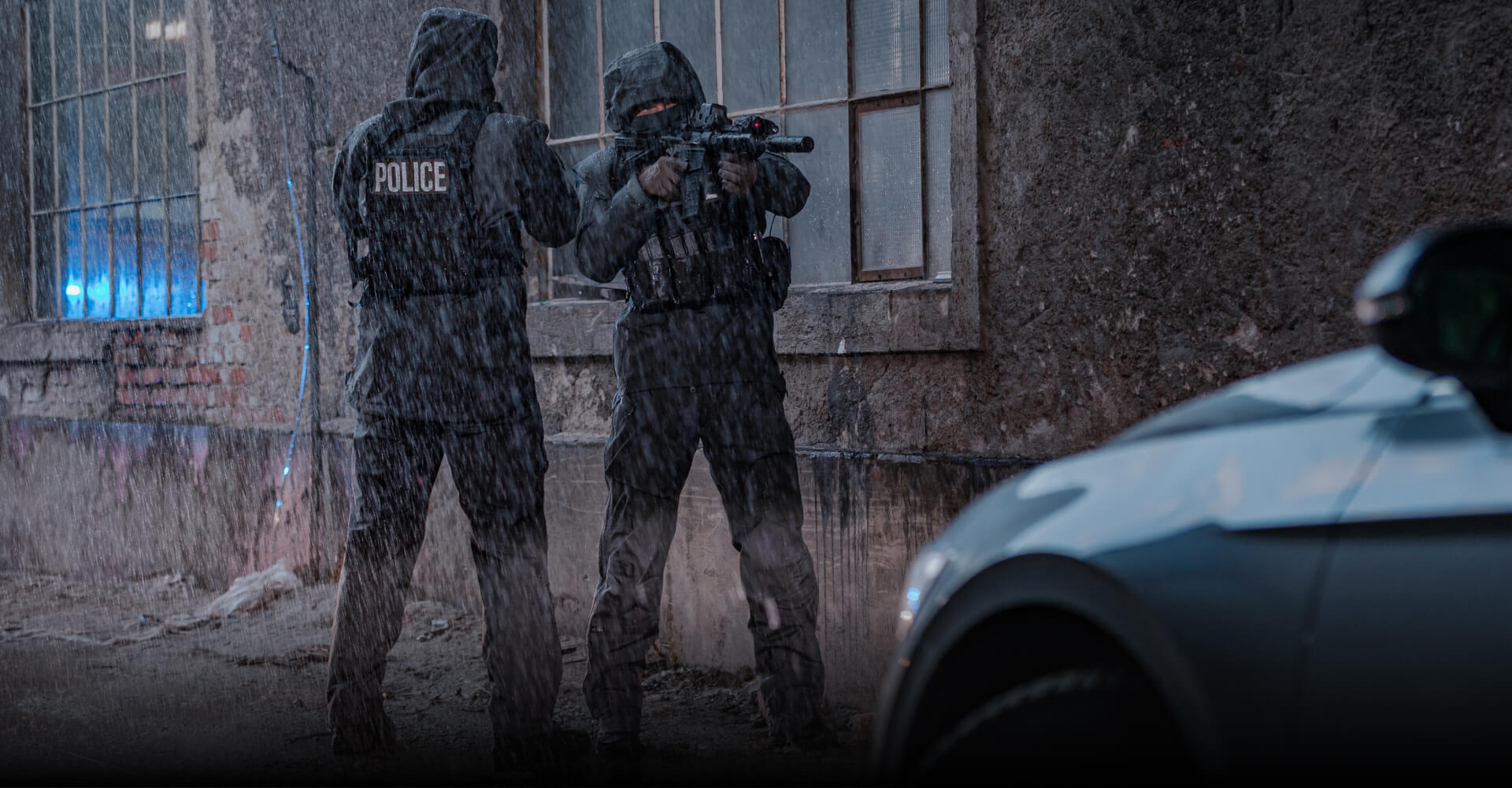
Operating in the "critical zone" between -10°C and +10°C (14°F and 50 °F) can be deceptively dangerous, as these are the most accident-prone temperatures due to energy depletion. High humidity and strong winds intensify these conditions, making proper moisture management essential for you to avoid rapid energy depletion and hypothermia risk.
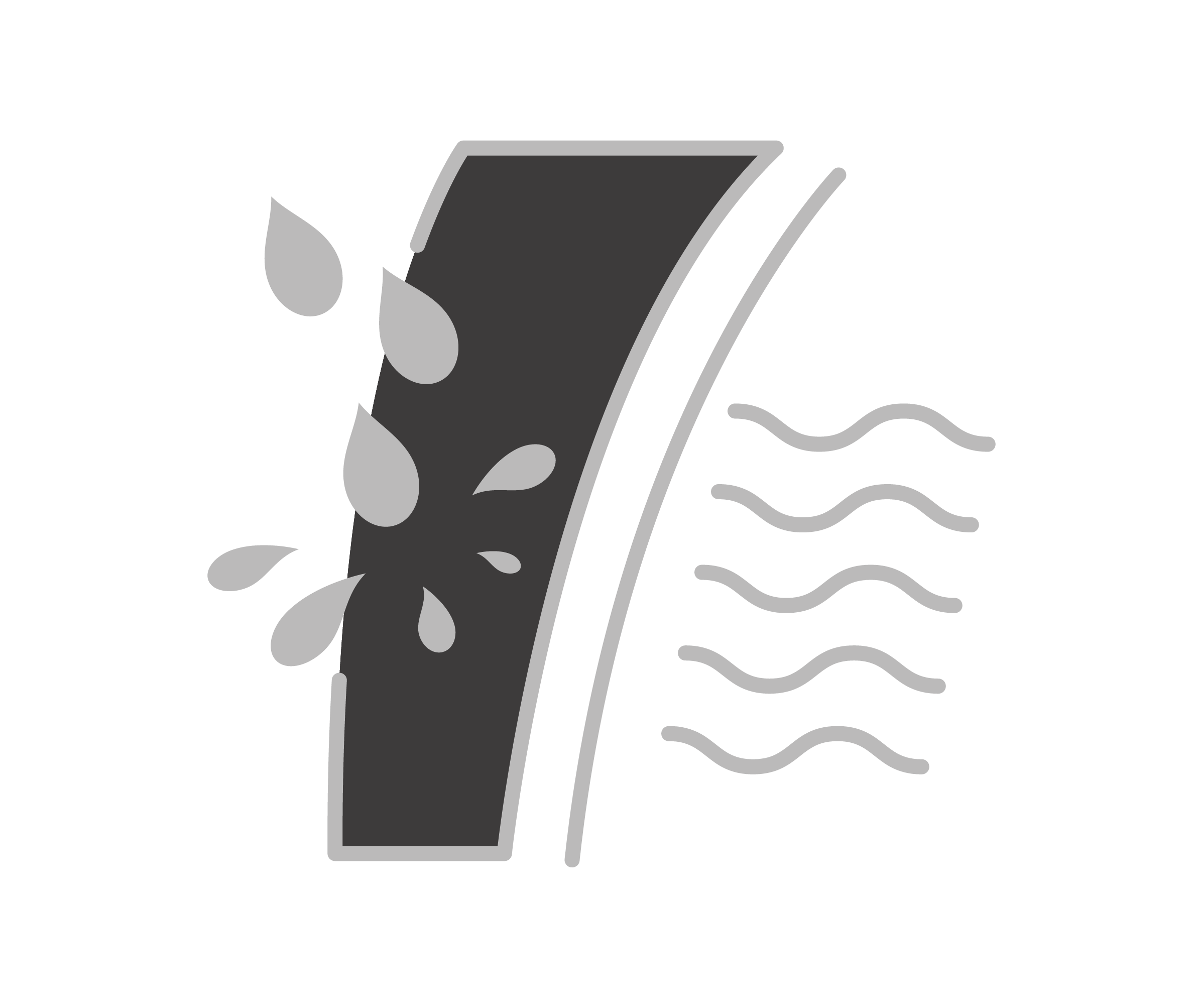

Wet conditions in cold weather create a perfect storm for you to rapidly lose body heat. Water-repellent softshells excel in high-activity missions with light precipitation, while Gore-Tex provides breathable, waterproof protection—ideal for your lower-intensity operations in rain.
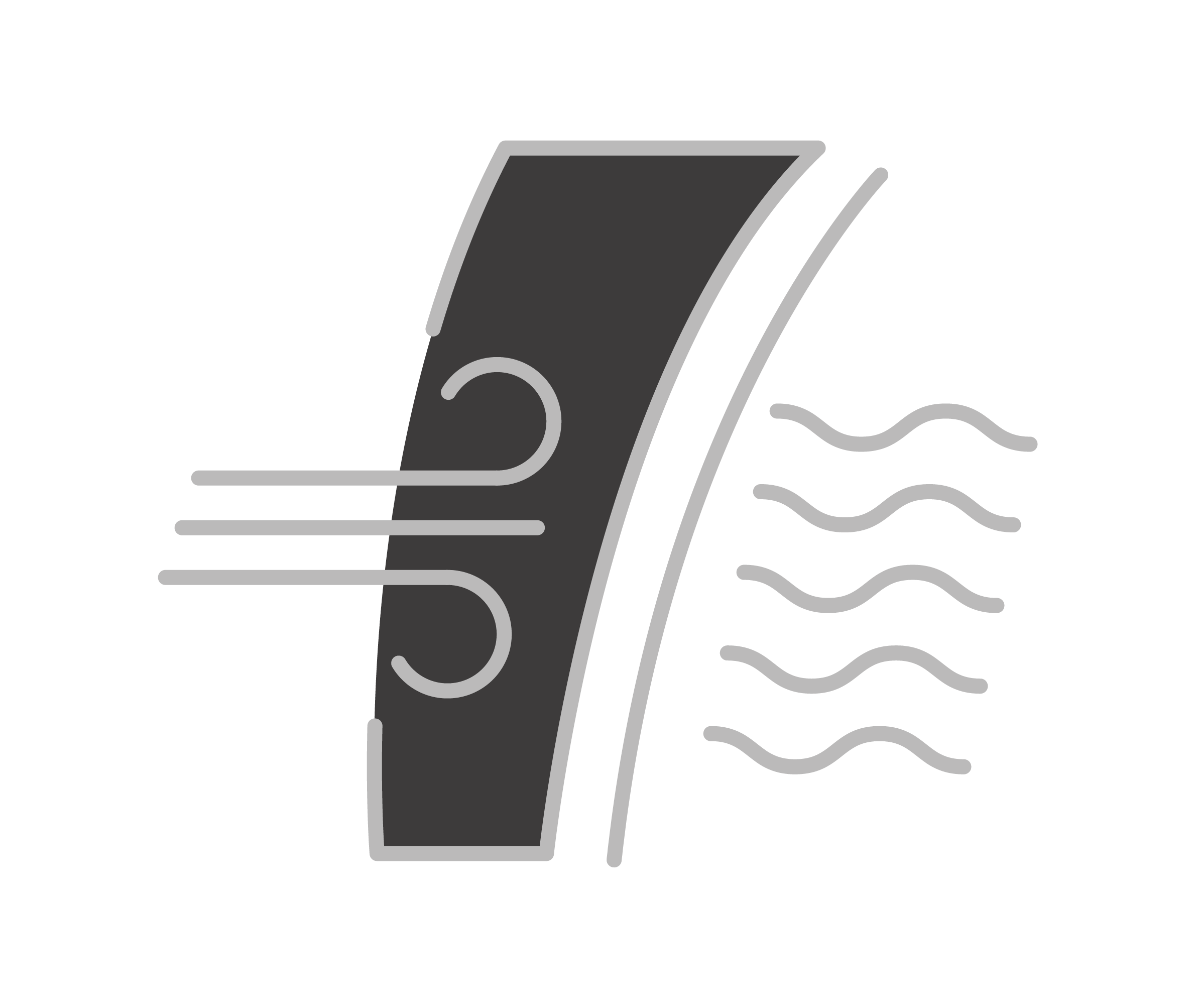

In extreme wind and cold, the challenge isn't just staying warm—it's also preventing wind from stripping away the insulating air around your body, which significantly accelerates heat loss. Windproof gear like softshells offers the best balance of protection and performance without sacrificing breathability or moisture management.


Cold hands, feet and head can compromise your mission even if the rest of your body is well protected. Invest in cold-resistant boots, gloves and caps. Use merino wool socks and caps for moisture management and warmth. Choose gloves balancing dexterity and insulation for functionality in freezing conditions.
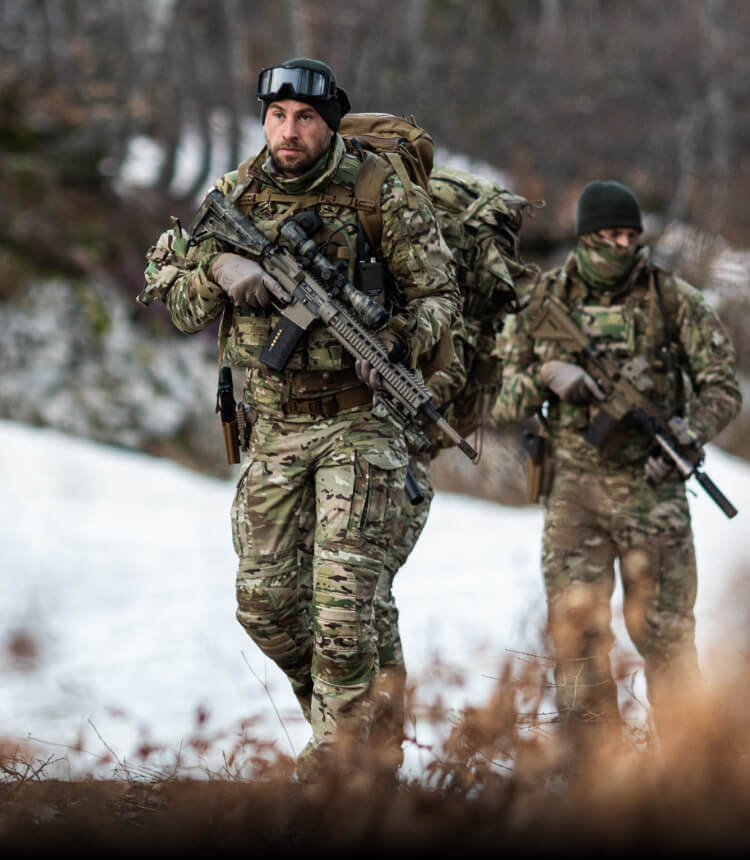
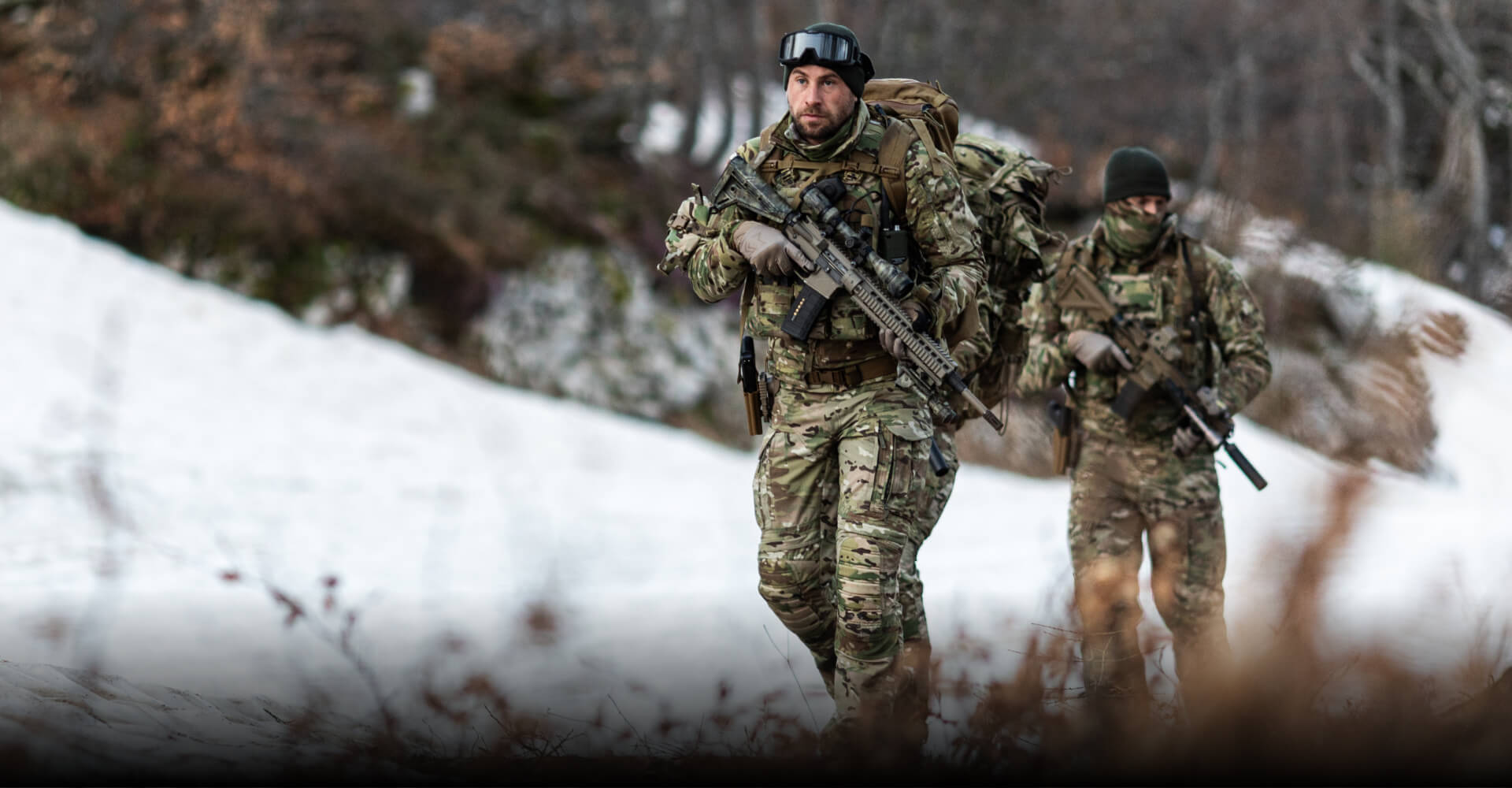
One of the biggest nuts for you to crack staying warm in cold weather is managing your sweat. During active missions, perspiration can accumulate and freeze once your activity slows, leading to rapid heat loss. The key for effective transitions between active and static phases lies in layering and utilizing hybrid clothing designs.


During static phases, when your body isn't generating additional heat or sweat from movement, use thermal layers or insulated jackets to trap heat. Choose these based on your operational environment and your personal susceptibility to cold. Combine breathable layers with synthetic G-Loft insulation, which outperforms natural down in damp conditions or if you're prone to sweating.


For ongoing high-activity missions, such as on-foot infiltration, you need clothing that strikes the perfect balance between insulation and breathability exactly where you need it. The key is to begin the mission slightly cold, as you move, remove layers before sweating becomes an issue, preventing the chilling effect of damp clothing.


Missions often alternate between active and brief static phases without the opportunity to change clothes. It's vital to plan your attire for these transitions, using garments that offer both warmth and quick sweat evaporation. Hybrid-design clothing excels here, allowing you to remain comfortable during stationary periods rather than battling the cold.
Ultimately, mastering cold-weather conditions with limited gear is as much about your skill and adaptability as it is about the equipment itself. It requires a deep understanding of your body's responses to cold, constant vigilance in managing moisture, and the ability to make smart decisions about layering and activity levels.
By focusing on these key areas and prioritizing the protection of critical body parts such as your core and extremities, you can maximize your effectiveness in even the most challenging cold-weather environments.
Proper care of your gear can help ensure that it keeps serving you well for the longest possible time. Tactical clothing is highly functional and purpose-built to meet the tactical demands of military and LE operatives. Understanding the materials used in your tactical garments is key to helping you give your military uniform the care it needs.
Check out our blog to learn more about the materials we use and the design features we implement. There, you’ll also find more information on how to wash and care for your UF PRO garments.
What's the difference between these two thermal insulation materials? Here we dig into the specifics of each and choose the ultimate winner.
Learn more about the thermal insulation materials we use in our gear and see why we choose G-Loft as our primary insulator in Cold Weather Gear.
Choosing proper layers of clothing can mean the difference between misery or staying comfortable during a mission. Layering helps keep you from becoming soaked or feeling frozen in icy winter weather, which makes this dressing technique an especially important practice.
The science behind tactical clothing
Watch our topic spotlight and BEER:30 videos for a deep-dive into the nitty-gritty of gear materials, gear care, and UF PRO design features.
BROWSE OUR MISSION-SPECIFIC TACTICAL GEAR
DELTA COLD-WEATHER GEAR
Brace the cold with our Delta cold-weather gear, made for unparalleled warmth, it ensures you stay agile and focused, even in the harshest conditions.
MONSOON TACTICAL RAIN GEAR
Take on a shield against the harshest weather conditions with Monsoon Tactical Rain Gear. It keeps your protected, dry and comfortable so you can smoothly operate amidst torrential rain and high winds.
Tactical Softshell Jackets
The perfect layer for cool and unpredictable weather.
No temperature is too low for Delta Tactical Winter Pants. Designed and built to withstand the worst conditions nature can throw at you during the winter months.